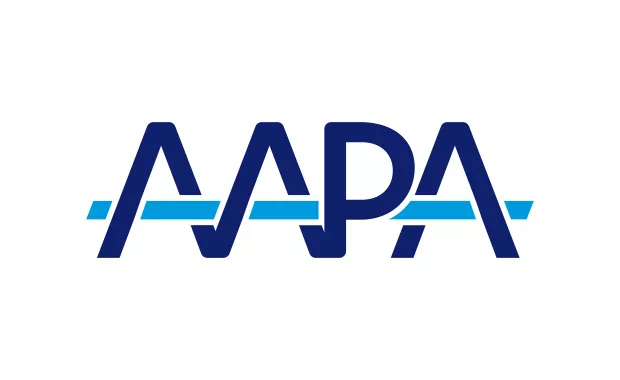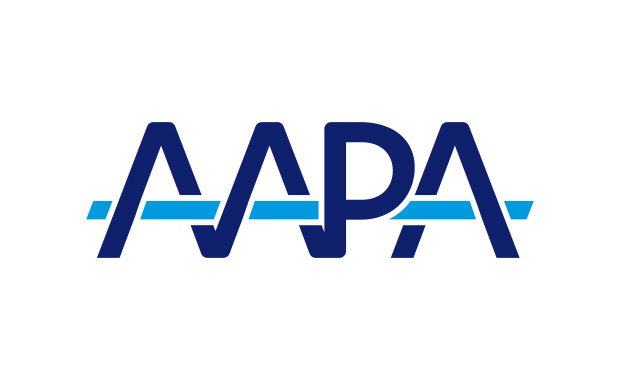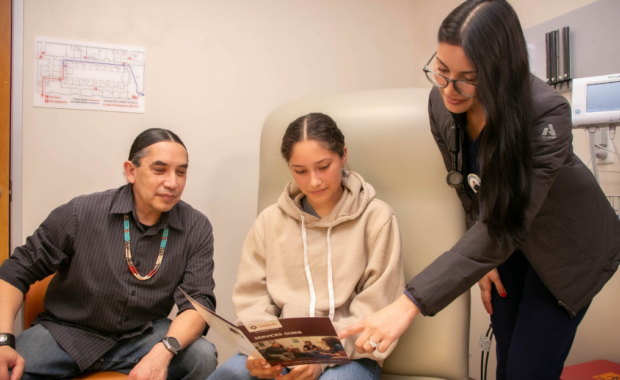Minority-Focused Shadowing Program Aims to Boost PA Diversity
PA Jina Saltzman opens a door for minority Pre-PA students
October 4, 2023
By Dave Andrews
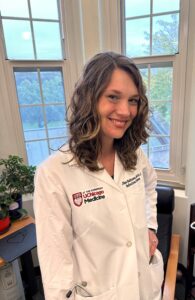
The number of PAs in the United States continues to rise and their roles continue to expand. But the same cannot be said about the racial diversity of the PA workforce—at least, not yet.
According to the 2023 AAPA Salary Report, more than 80% of PAs are white, compared to the 7.3% who are Asian, and only 2.5% percent Black/African American.
Jina Saltzman, PA-C, has noticed this lack of diversity persist throughout her nearly 20-year career, and decided to help spark a change.
“There have been some recent efforts to improve diversity across our profession, and multiple studies have shown it can lead to improved patient outcomes,” said Saltzman, an infectious disease PA at the University of Chicago Medicine. “But obviously, the numbers show that we need to do more.”
Saltzman decided one way she could help open the door to more prospective PAs was to create a PA shadowing program specifically for underrepresented students. She applied for and received a small grant within her hospital’s Office of Diversity and Inclusion and quickly got to work.
The program, Empowering Minority Pre-PA Students Through Healthcare Shadowing (EMPPATHS), invited a select number of qualified students to shadow a variety of PAs at the University of Chicago Medicine throughout the spring and summer of 2023. The grant money was primarily used to cover the costs of the students’ transportation to and from the hospital as they each worked toward the goal of completing at least 40 hours of shadowing.
“Getting into PA schools can be very competitive, and most programs require applicants to shadow PAs before they’re accepted,” Saltzman said. “But it can be hard to find PAs to shadow, especially if you don’t already have a personal connection within the healthcare world. Our objective with EMPPATHS is to make that process a lot easier for future PAs.”
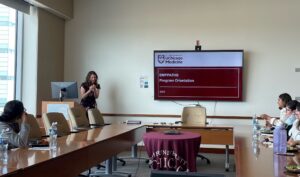
Saltzman promoted her program primarily on social media through the hospital and with the help of the Illinois Academy of PAs. Within the first two weeks, she had received more than 60 applications from students across the country.
“People were applying from as far away as California, Texas, Maryland. It was really impressive and showed how there is definitely a need for this type of program,” Saltzman said.
One of the earliest applicants was Kennedi Smith, 25, who had recently finished her master’s program in biomedical science at nearby Roosevelt University. Smith knew she wanted to work in healthcare and was interested in becoming a PA, but like many other students, she wasn’t sure where to begin.
“I went to my advisor one day and was like, ‘I think I’m interested in becoming a PA, but I don’t know for sure,” Smith said. “Plus, at the time, I didn’t personally know any PAs, and I didn’t know who to contact to help me figure out if this was even something that I wanted to do.”
Her advisor had recently learned about the EMPPATHS program and encouraged Smith to apply. She was quickly selected to participate in the pilot program and would eventually go on to complete more than 100 hours of shadowing.

The first cohort included a total of nine students who were paired with PAs in a variety of specialties and practice settings. Thanks to this program, the students were given the opportunity to explore different areas they might not have considered previously.
“I really enjoyed the experience because it allowed me to see how different PAs interact with different patients,” Smith said. “Seeing their different styles and approaches helped me think about how I want to go about being a provider in the future.”
Smith admits she went into the program already leaning toward a career in obstetrics and gynecology, but the exposure to other specialties gave her a newfound appreciation for other areas as well. She shadowed in pediatric trauma, cardiac surgery, and several other areas in addition to OBGYN, and along the way, she gained valuable insights.
“It absolutely solidified my decision to become a PA, especially because of the flexibility [it offers],” Smith said. “If I ever got tired of a specialty or if I have a growing interest in another area, it’s great knowing that I’m not confined.”
Smith said many of the PAs she shadowed had previously worked in other specialties, and they told her the ability to bring knowledge from one area to another only helped them improve their practice.
Smith recalls one PA in particular whose nimble and adept style of practice was especially inspiring. Every time she shadowed the PA, Smith took note of the provider’s ability to “feel the energy of a room and then instantly tailor her approach” to each patient.
“In low-risk OB, there’s such a wide spectrum of emotional states that the patients present with,” Smith said. “Some of them are very excited to be having their baby, and there are those who just had a really positive birthing experience. But then there are patients who are really struggling for a variety of reasons.
“So, to see how [the PA] would adjust her energy appropriately and give [the patient] the support they need was just awesome.”
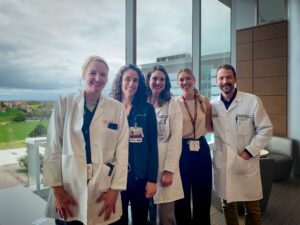
Saltzman says the program was a success across the board and she intends to keep it running for as long as possible. She attributes much of its success to the passionate group of PAs who volunteered their time and expertise to participate.
Matt Schneider, PA-C, a trauma PA at the University of Chicago Medicine, had four students shadow him throughout the program and was impressed with the enthusiasm and aptitude each demonstrated. Schneider is looking forward to volunteering again, and he hopes other hospitals take note and implement similar programs of their own.
“I’m not aware of any others like it, but programs like this are critical to the PA community and the patients we serve,” Schneider said. “Our profession is rapidly growing, and our patient populations span the full spectrum of diversity. It’s vital to represent that within the profession to make PAs better and to better serve our patients.”
You May Also Like
AAPA Diversity, Equity, and Inclusion Resource Center
The Case for Inclusion and Diversity in PA Cohorts
Pre-PA: Tips and Tricks to Help You on the Path to Becoming a PA
Thank you for reading AAPA’s News Central
You have 2 articles left this month. Create a free account to read more stories, or become a member for more access to exclusive benefits! Already have an account? Log in.
